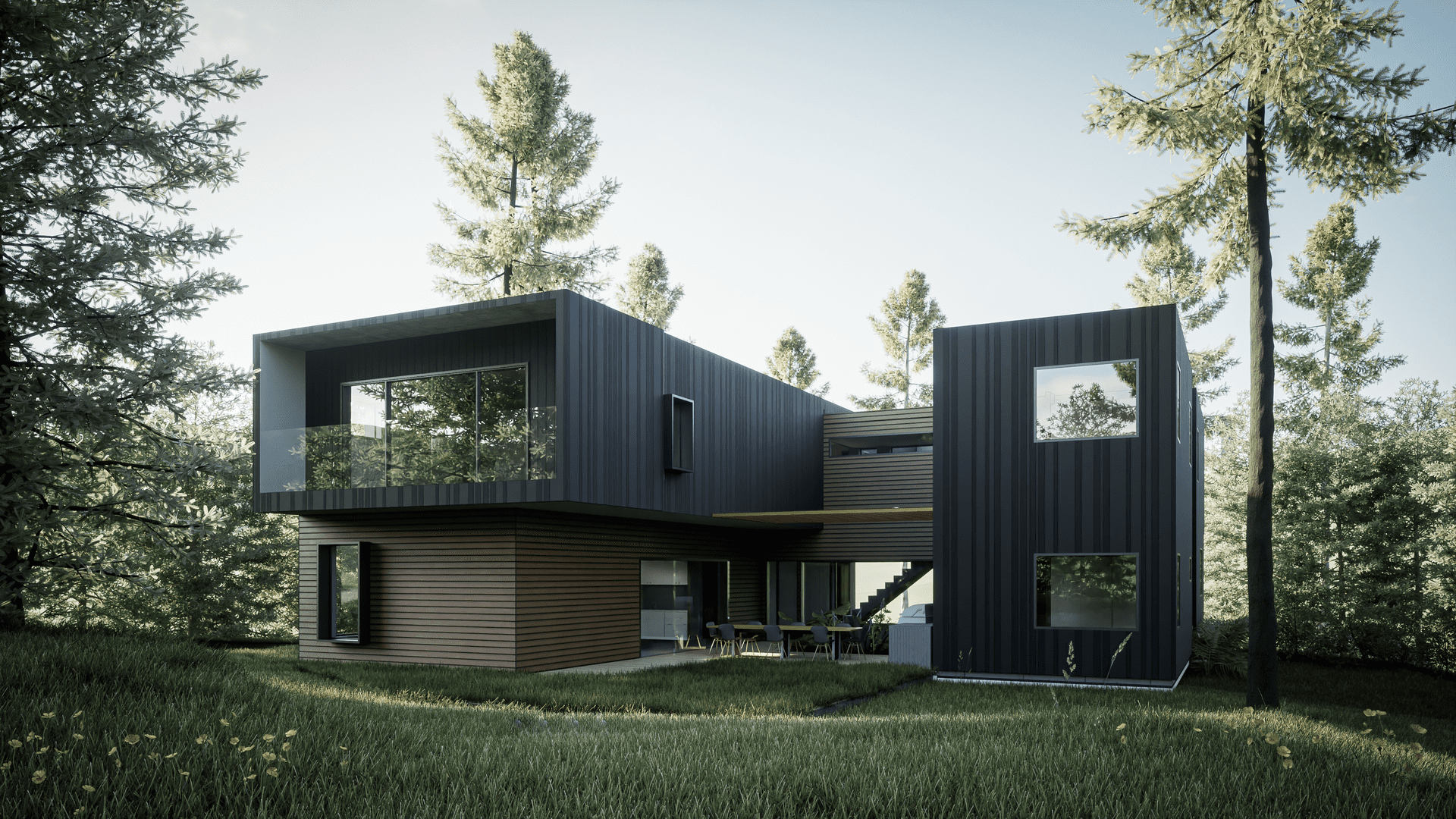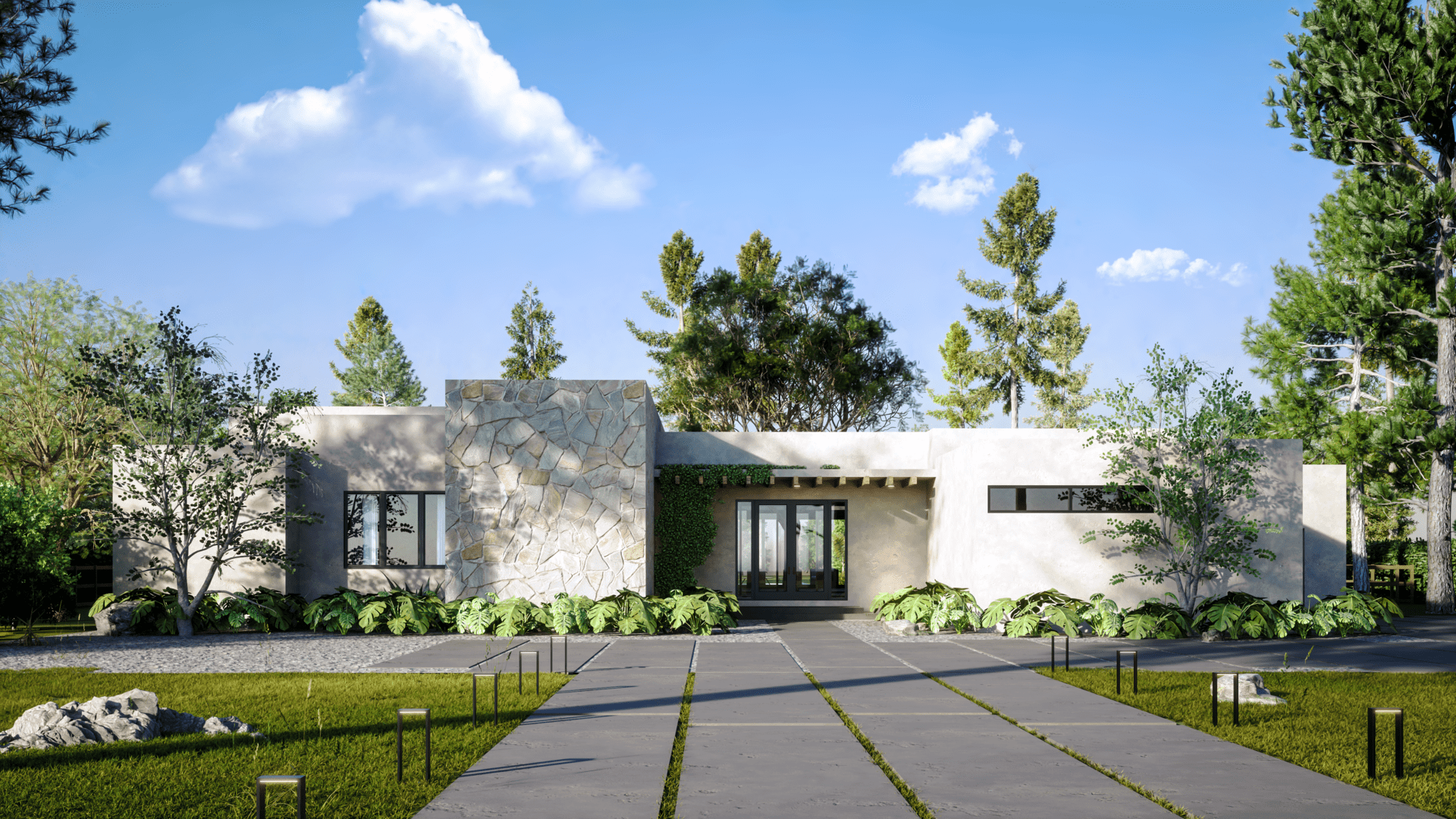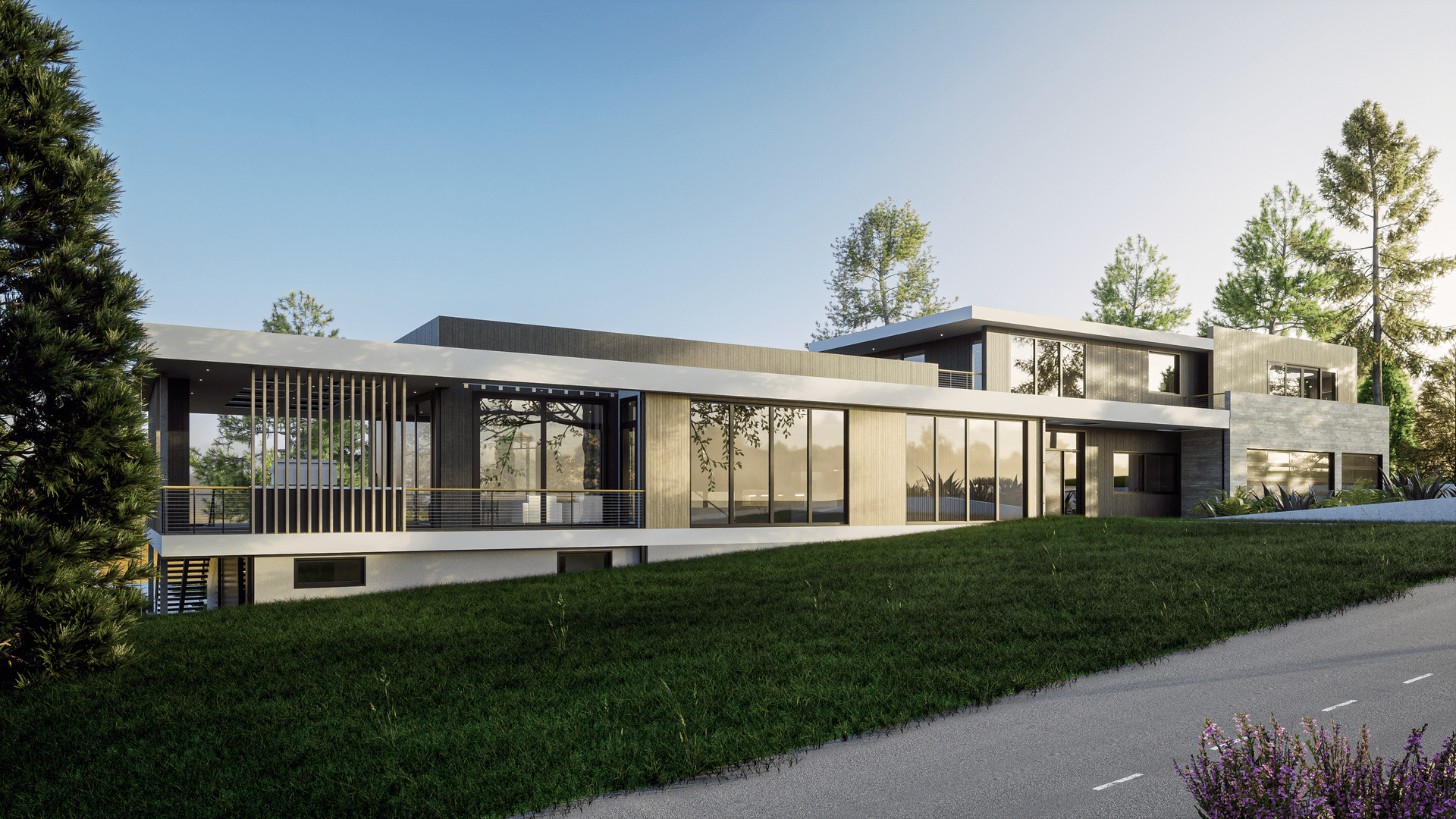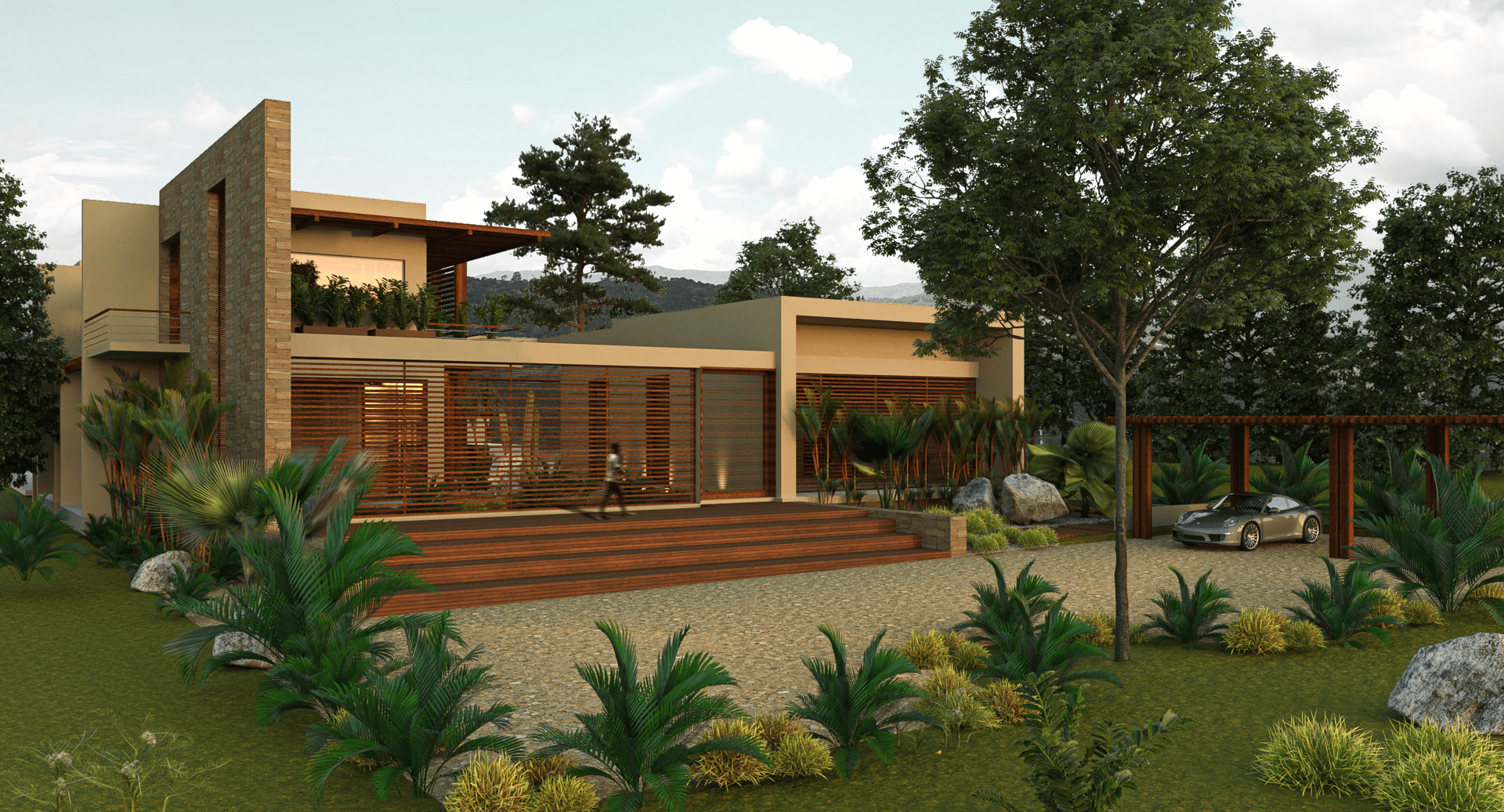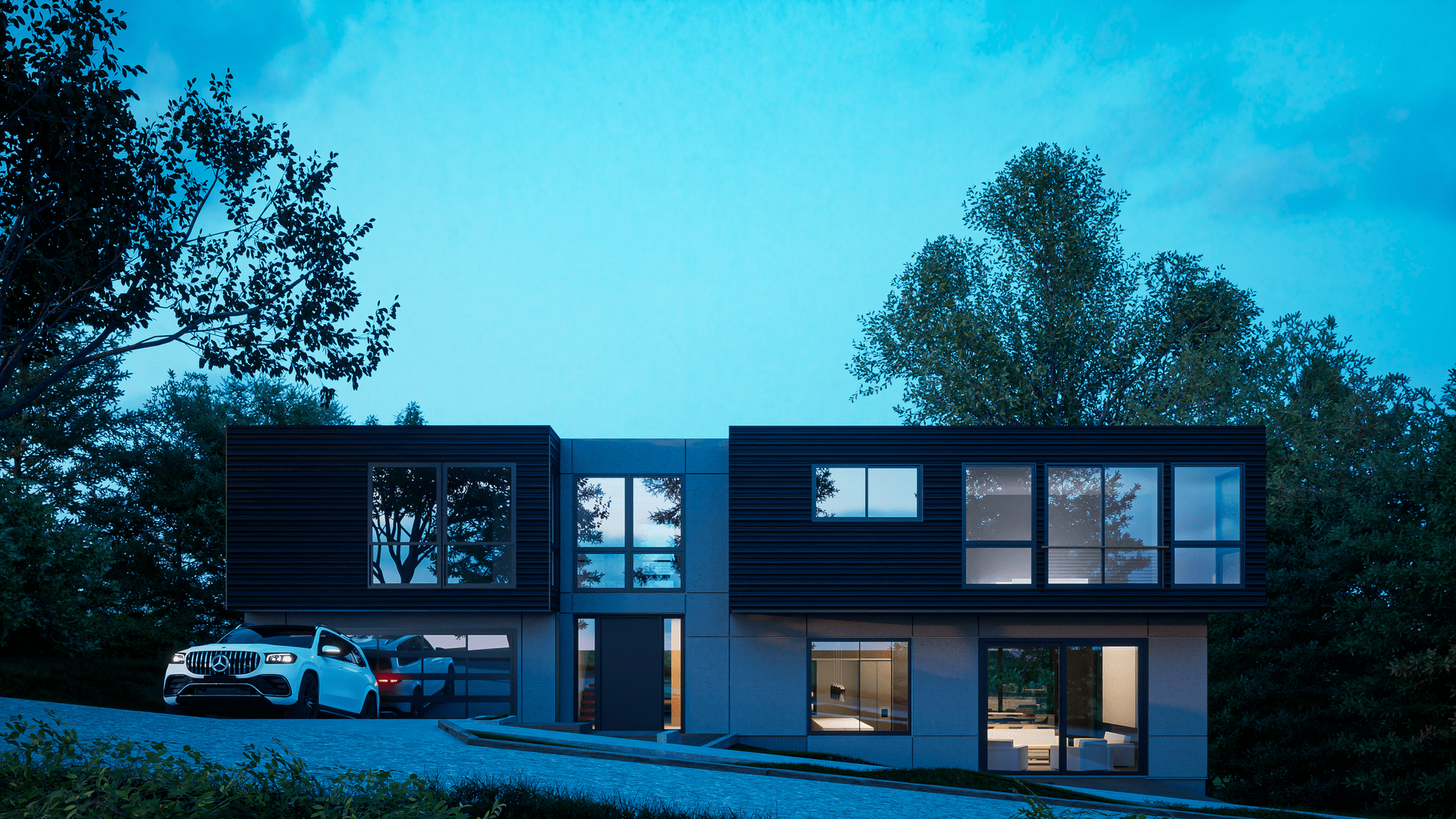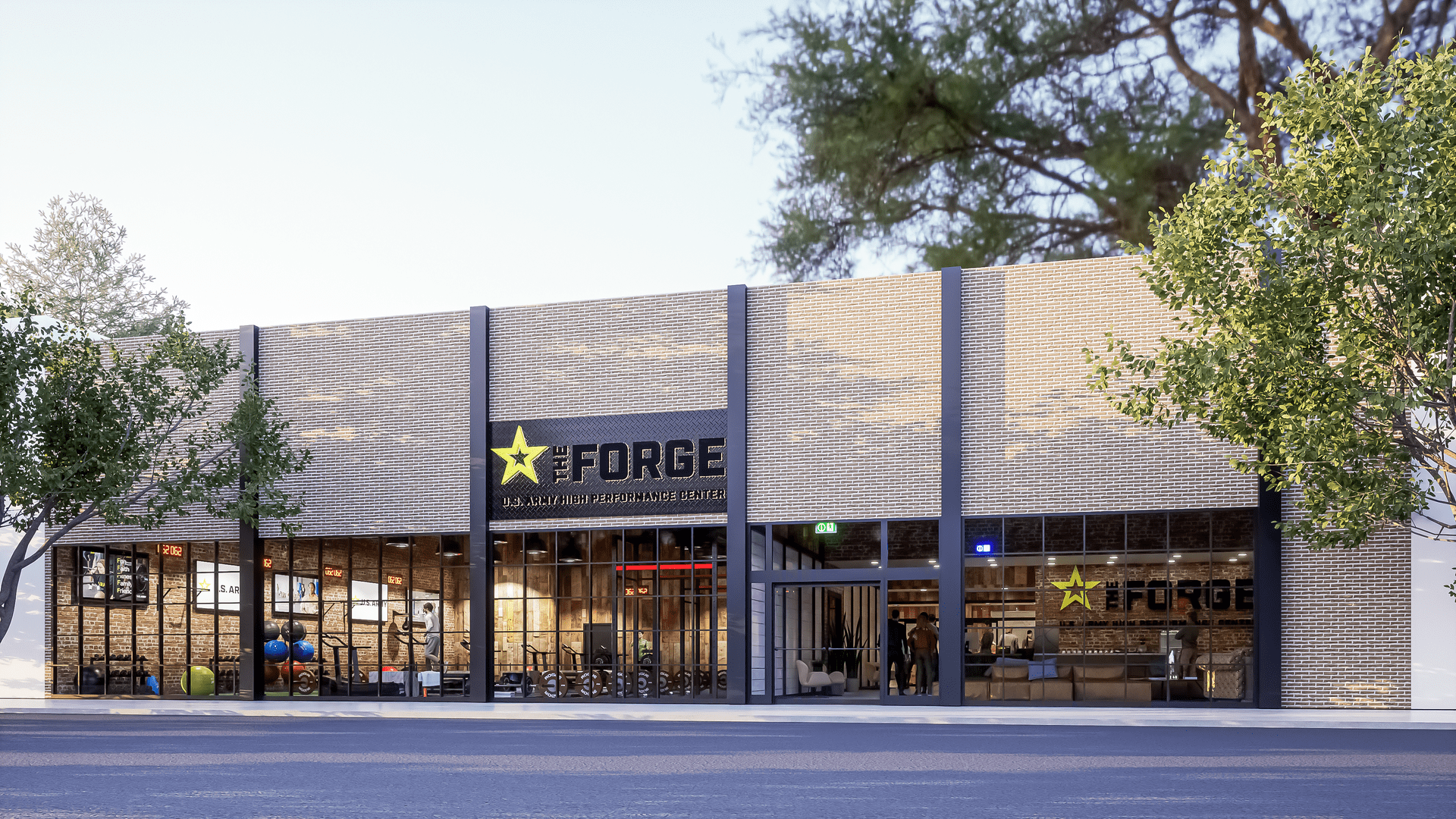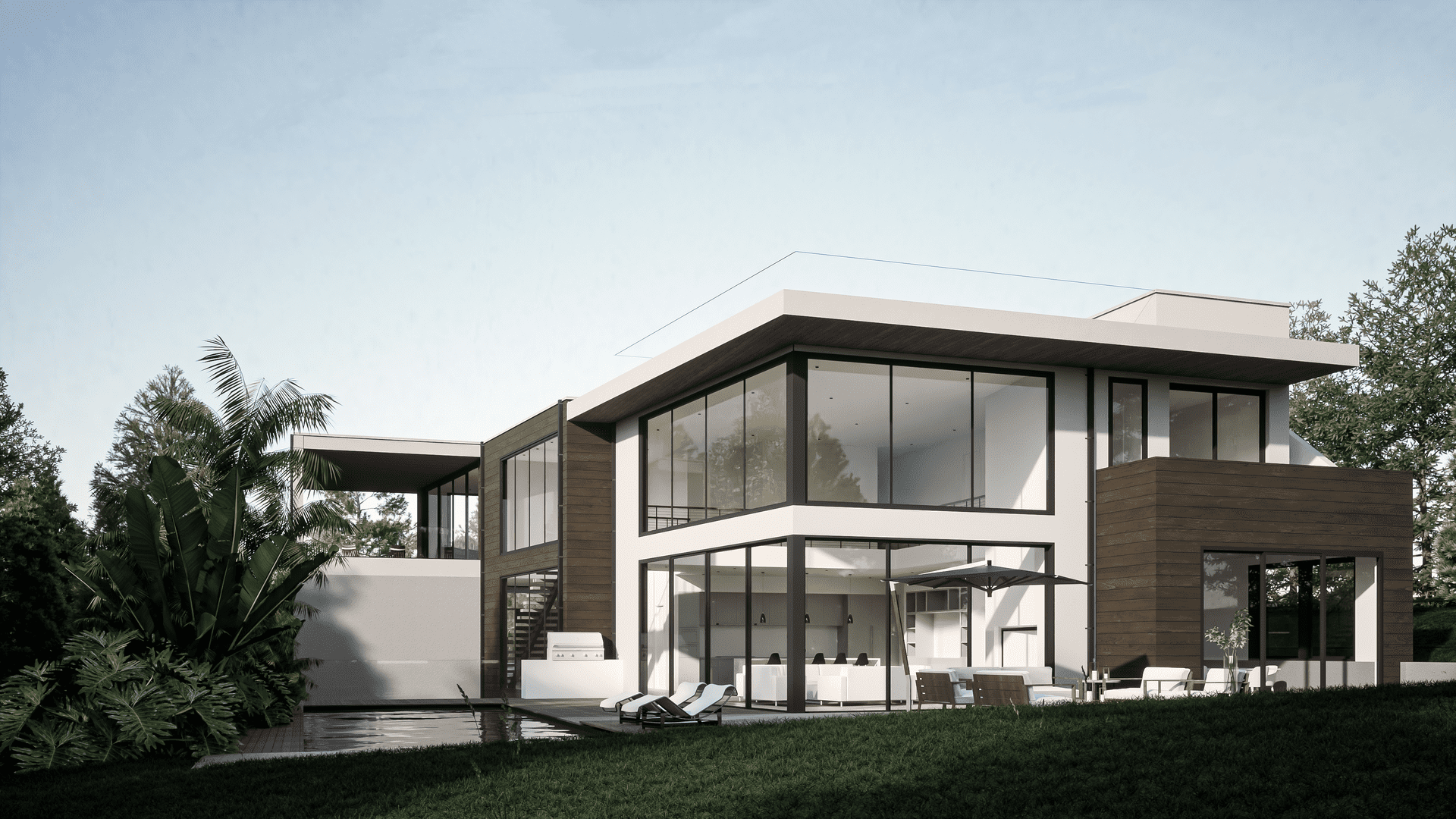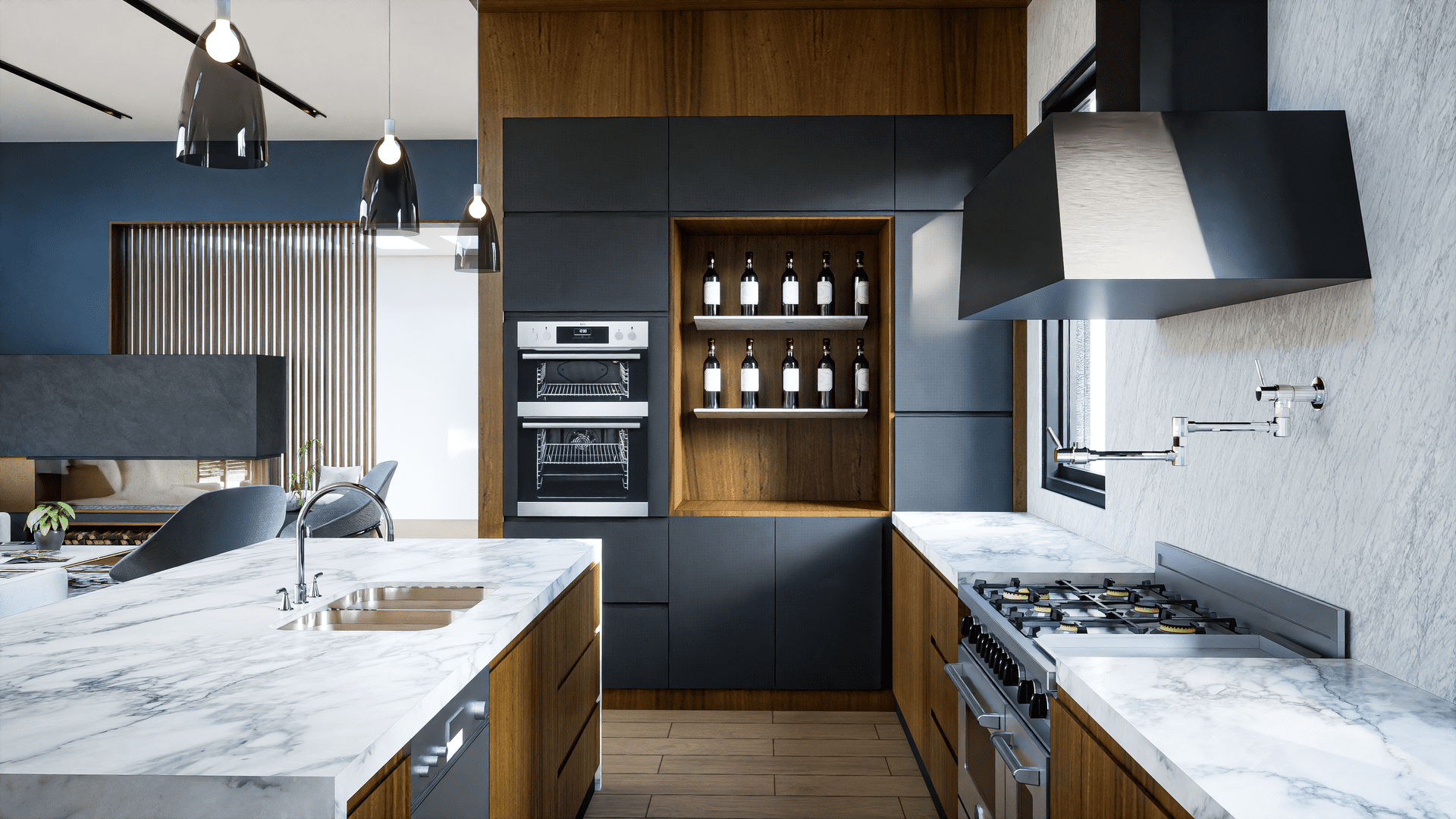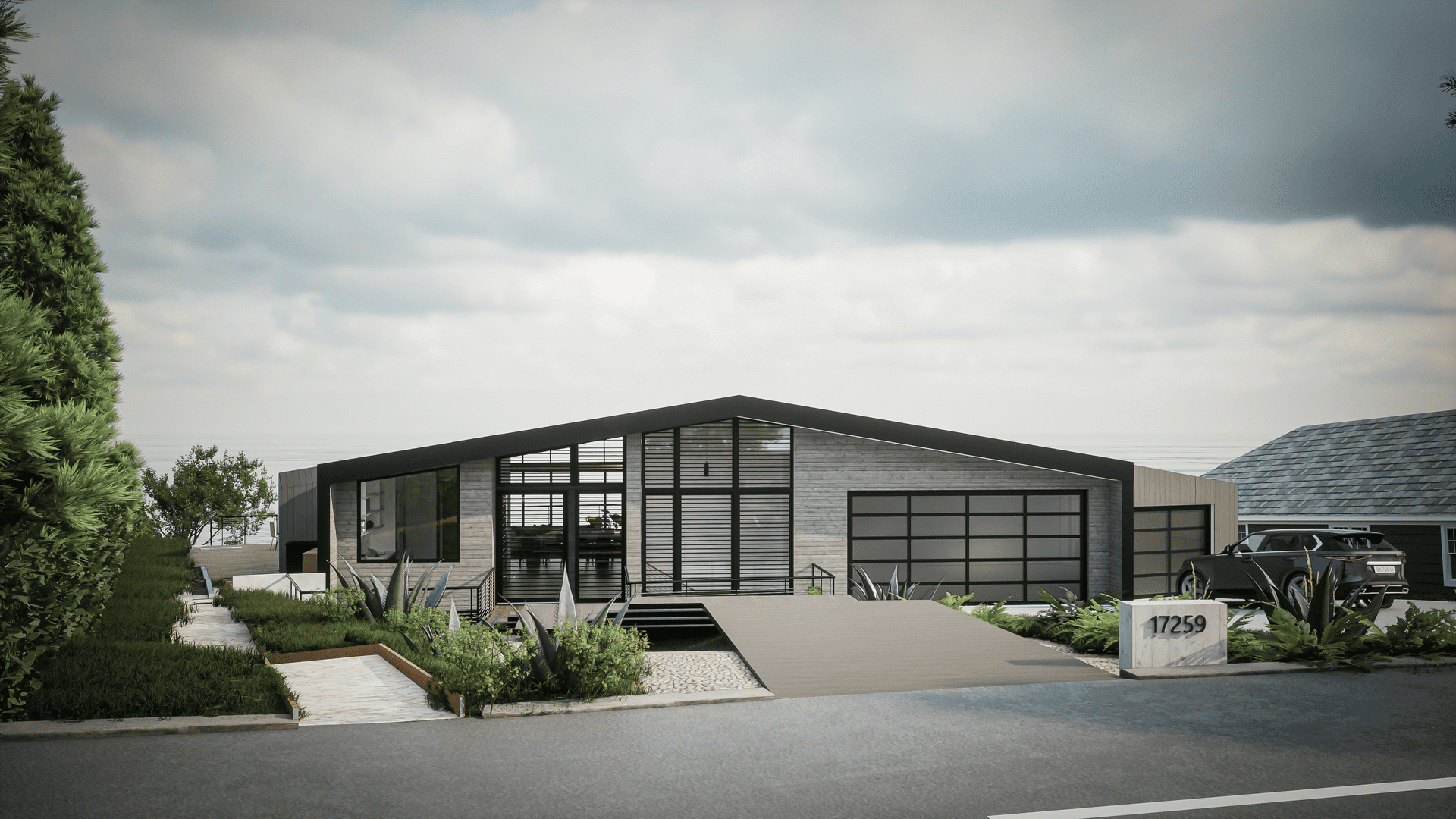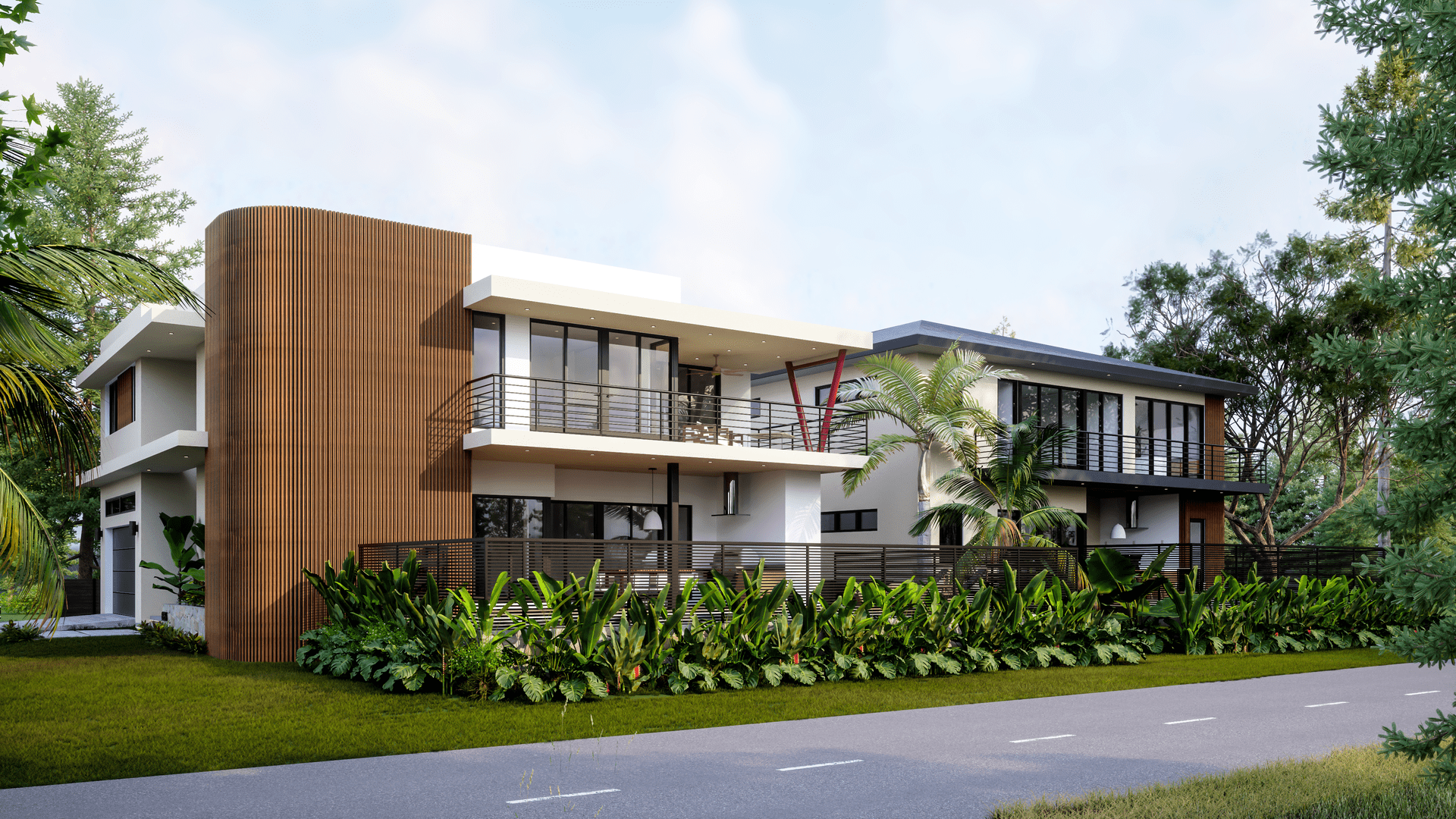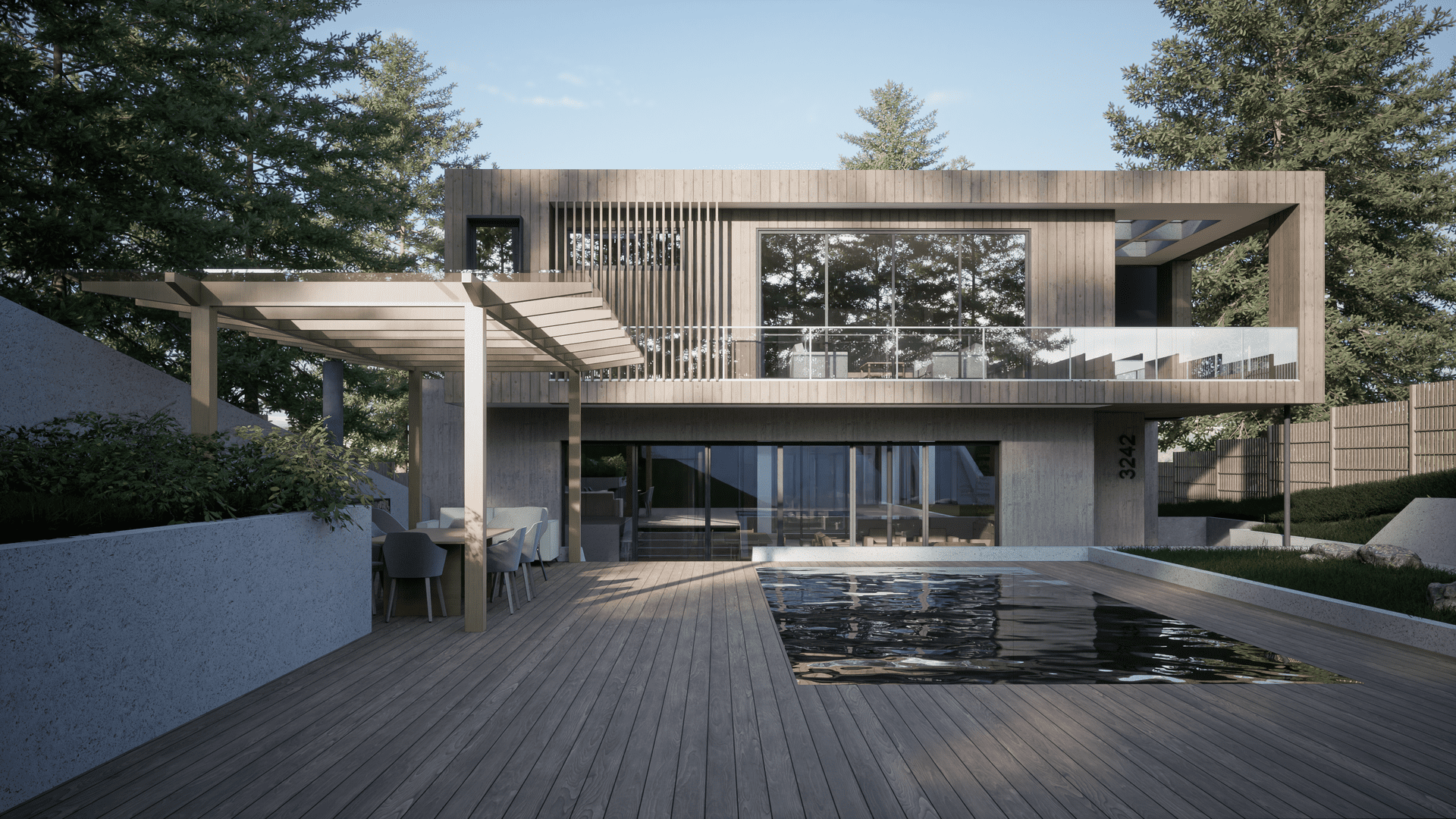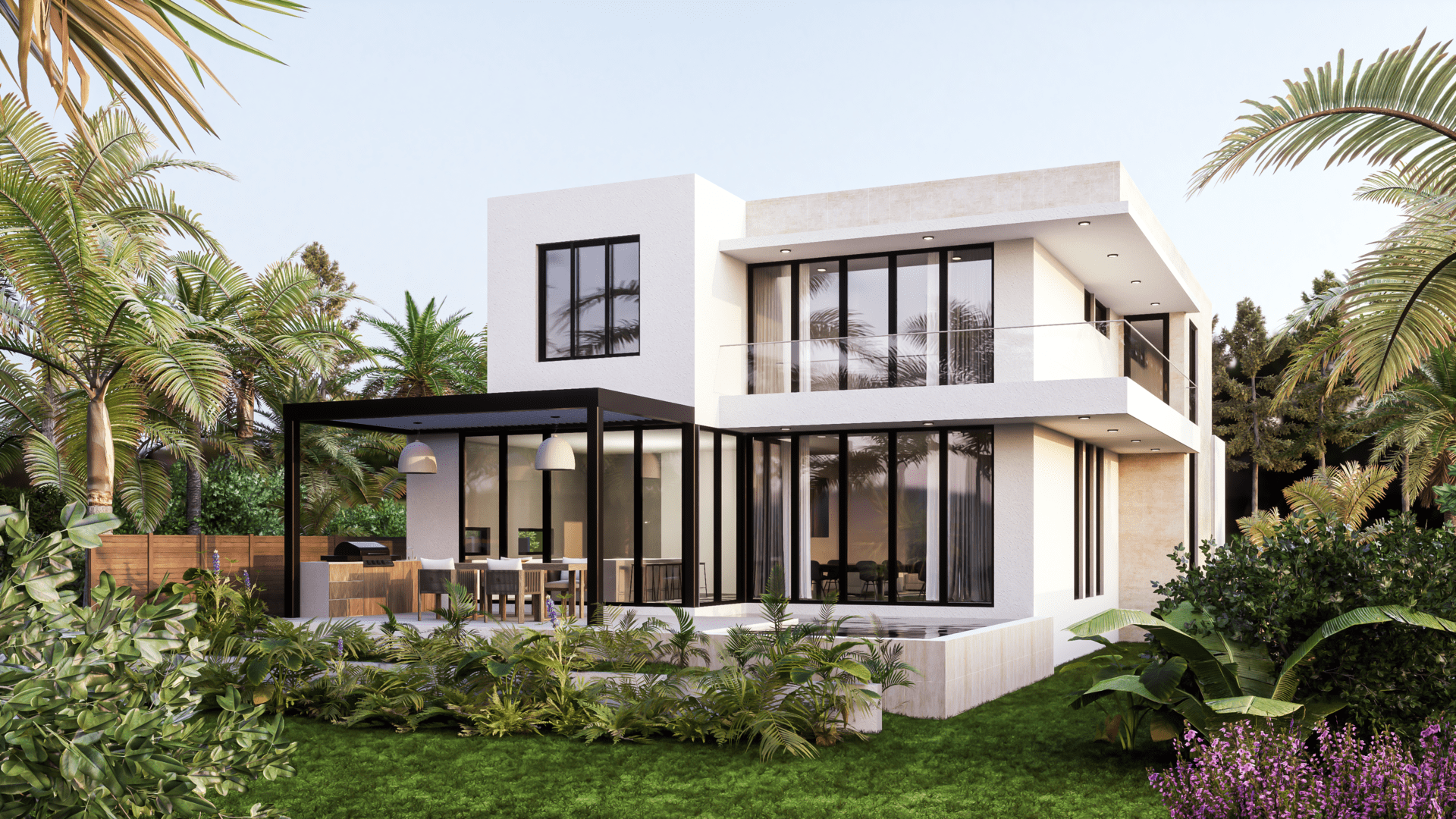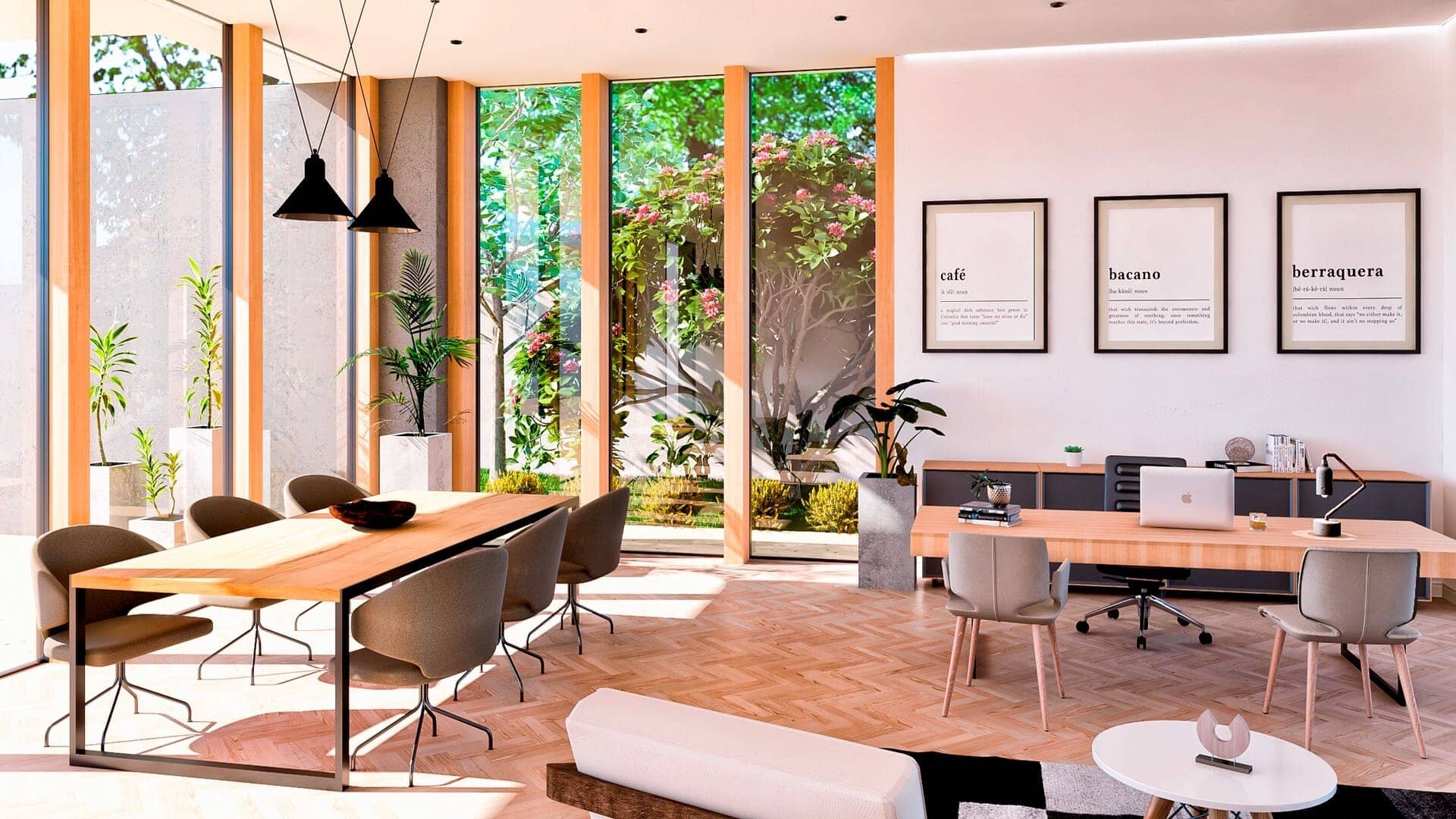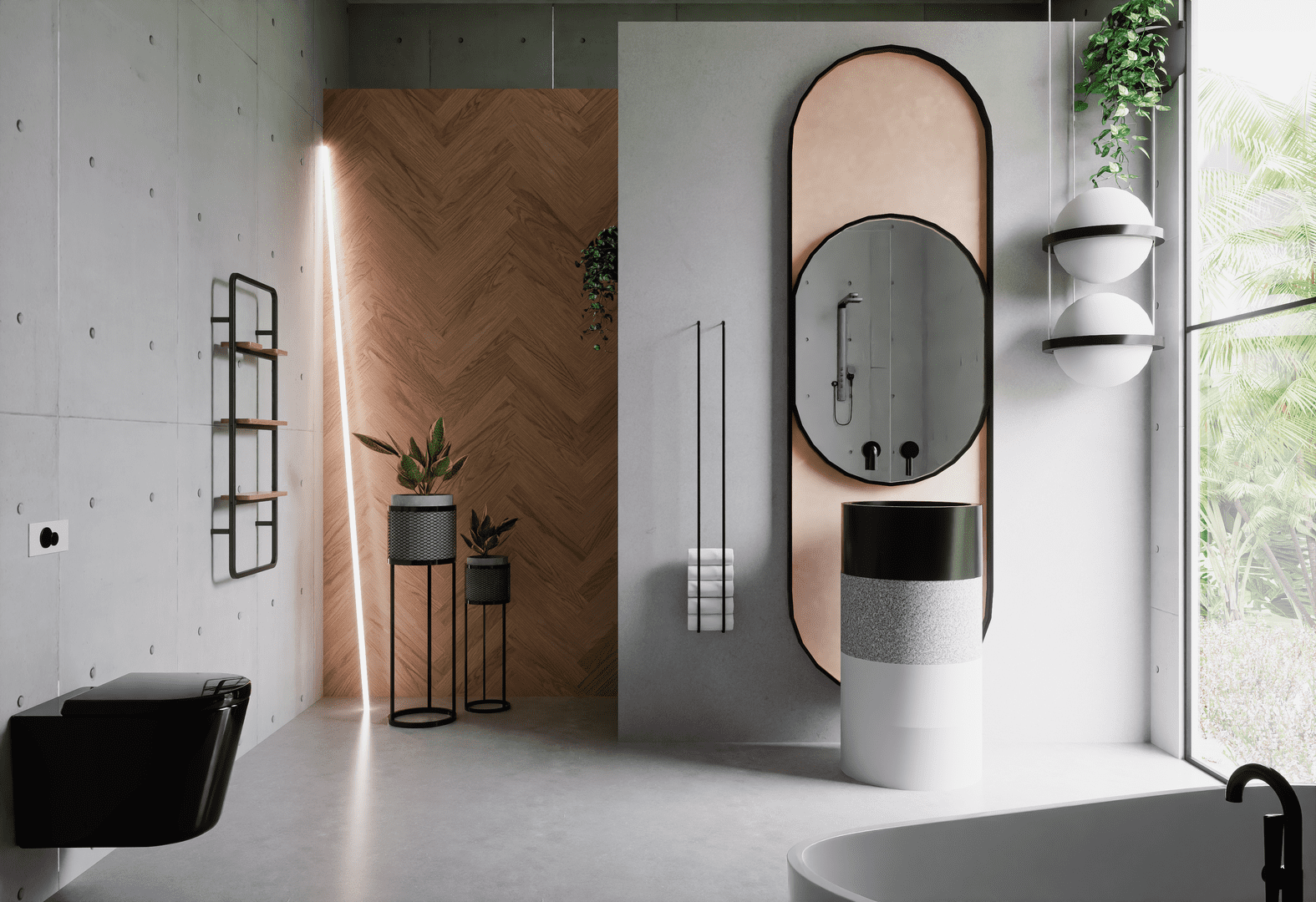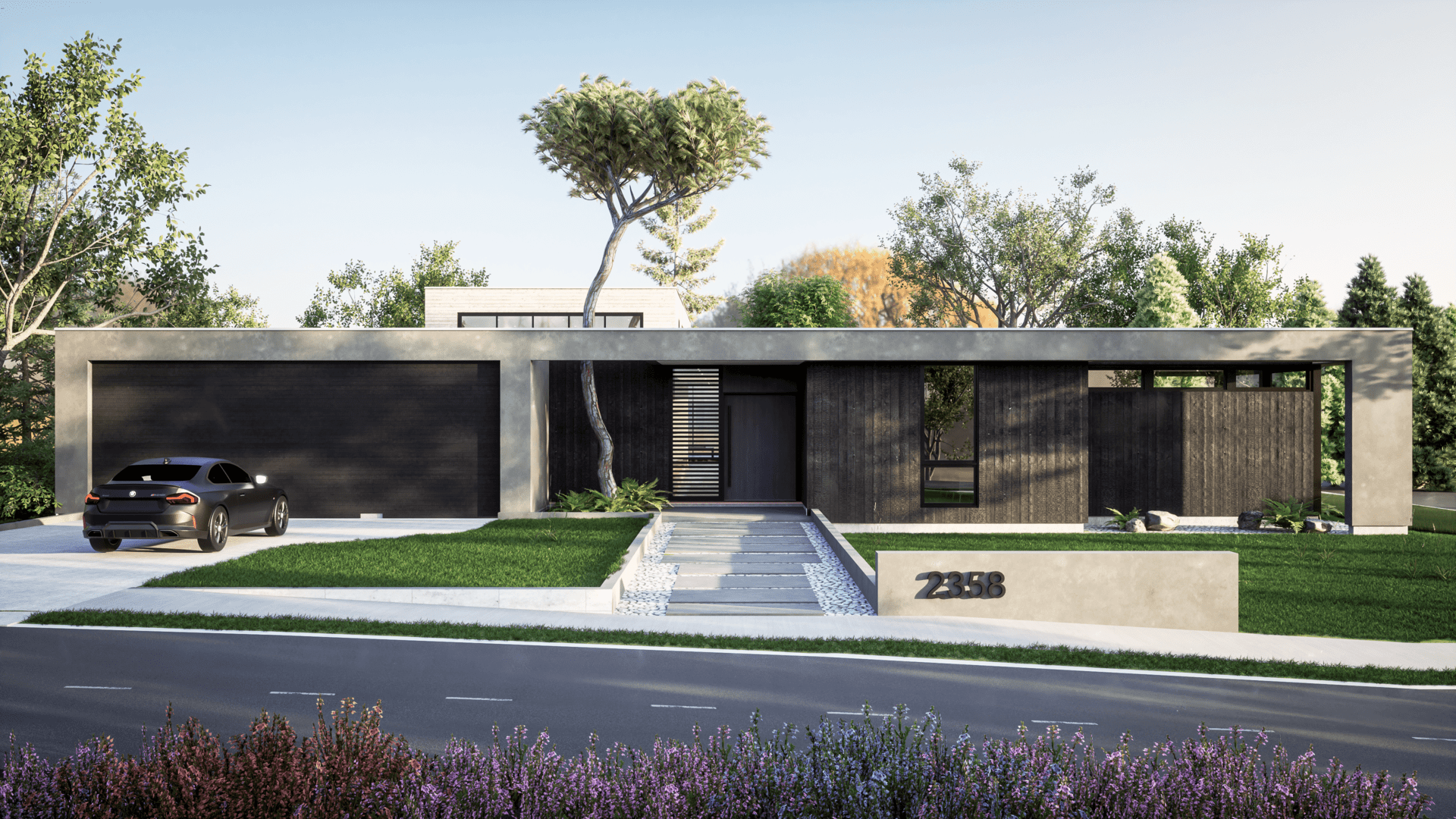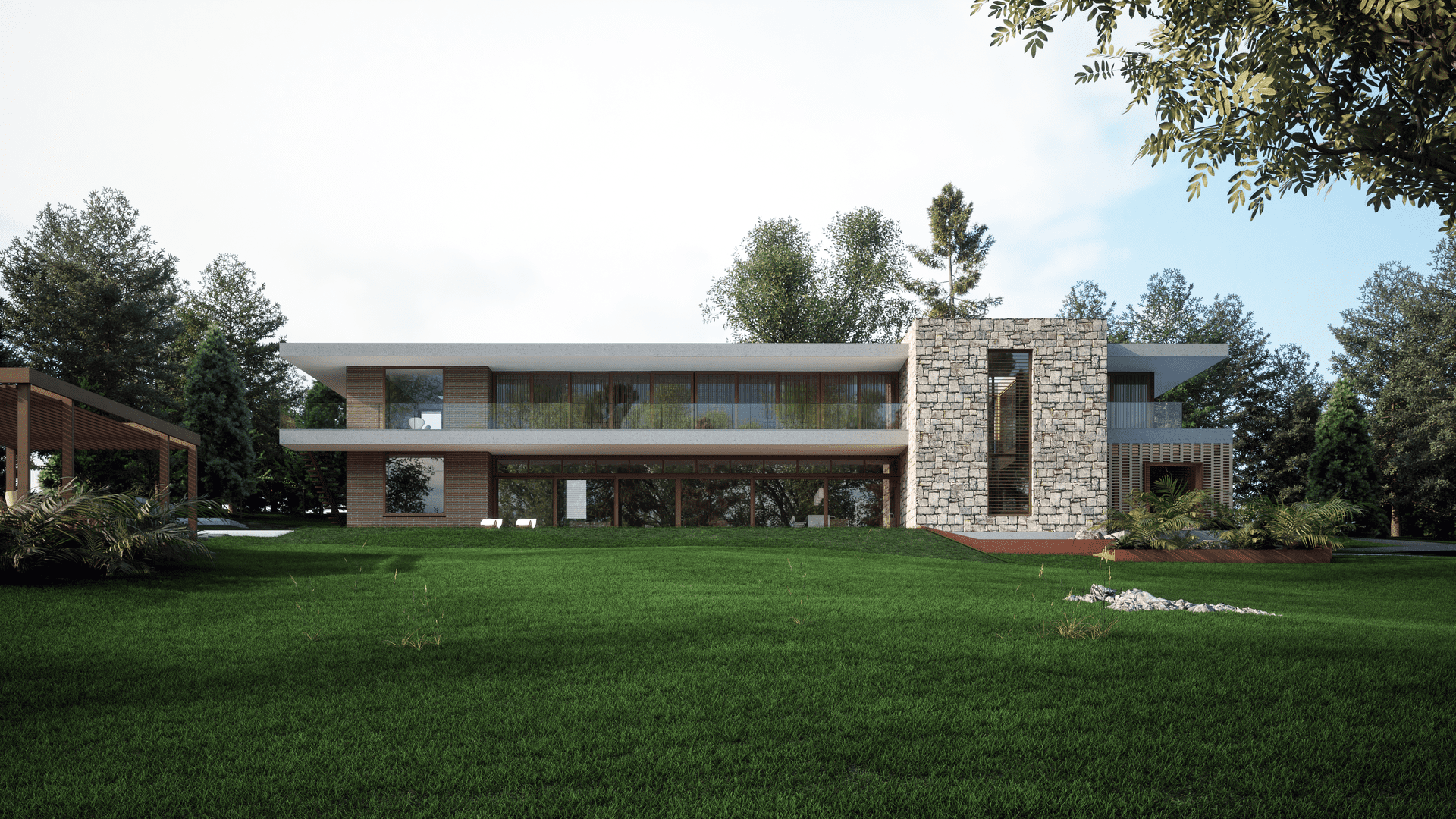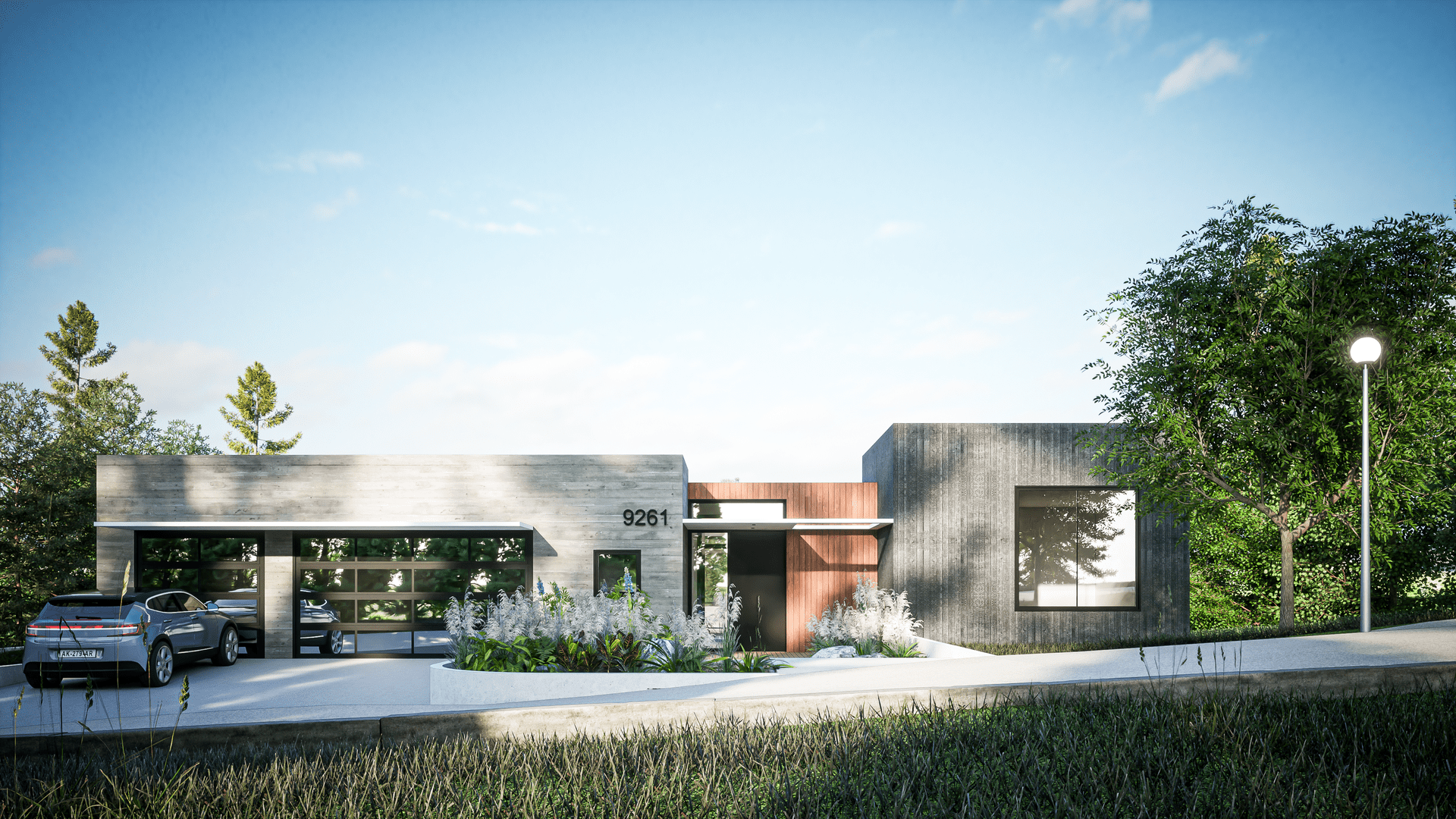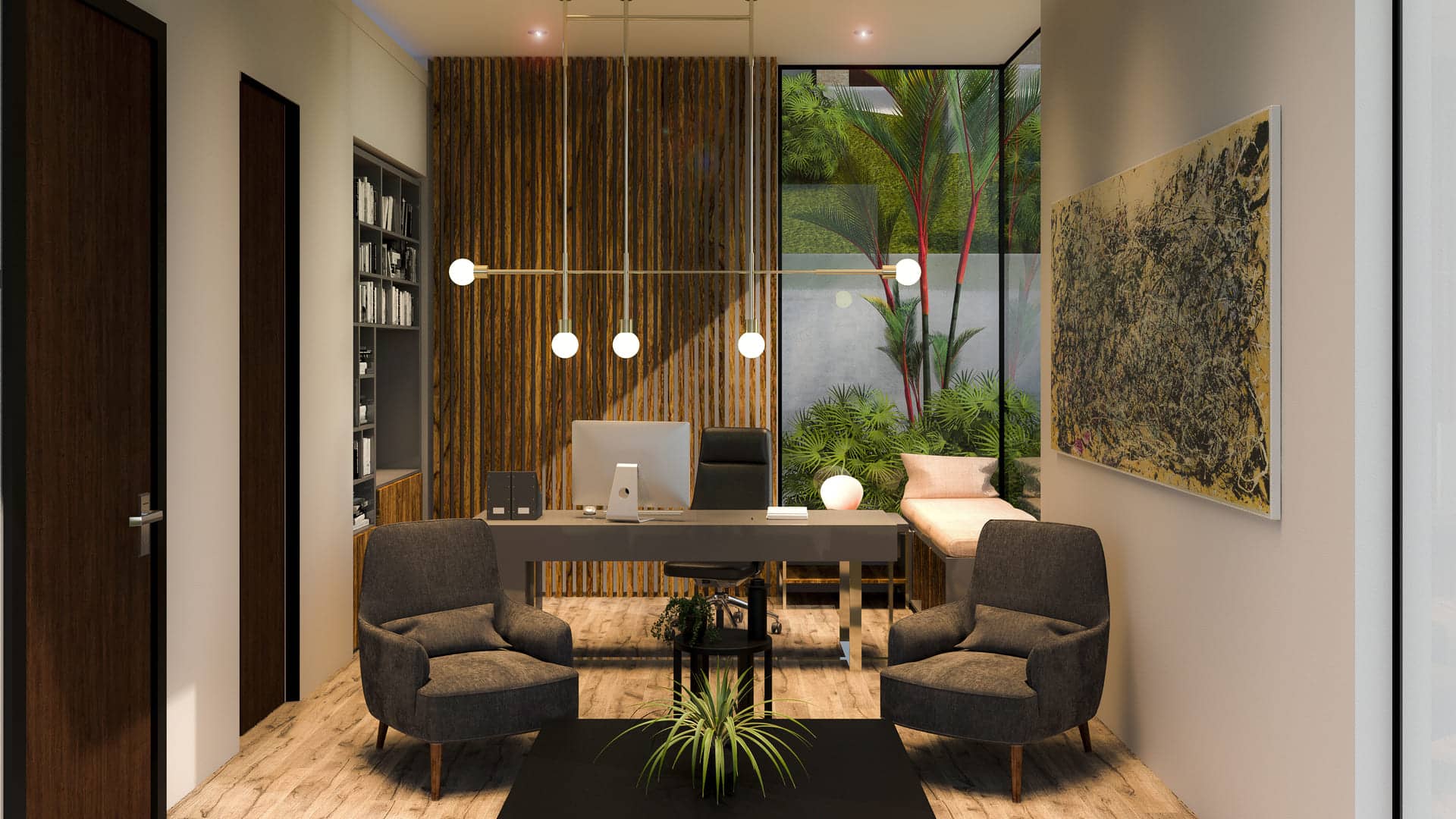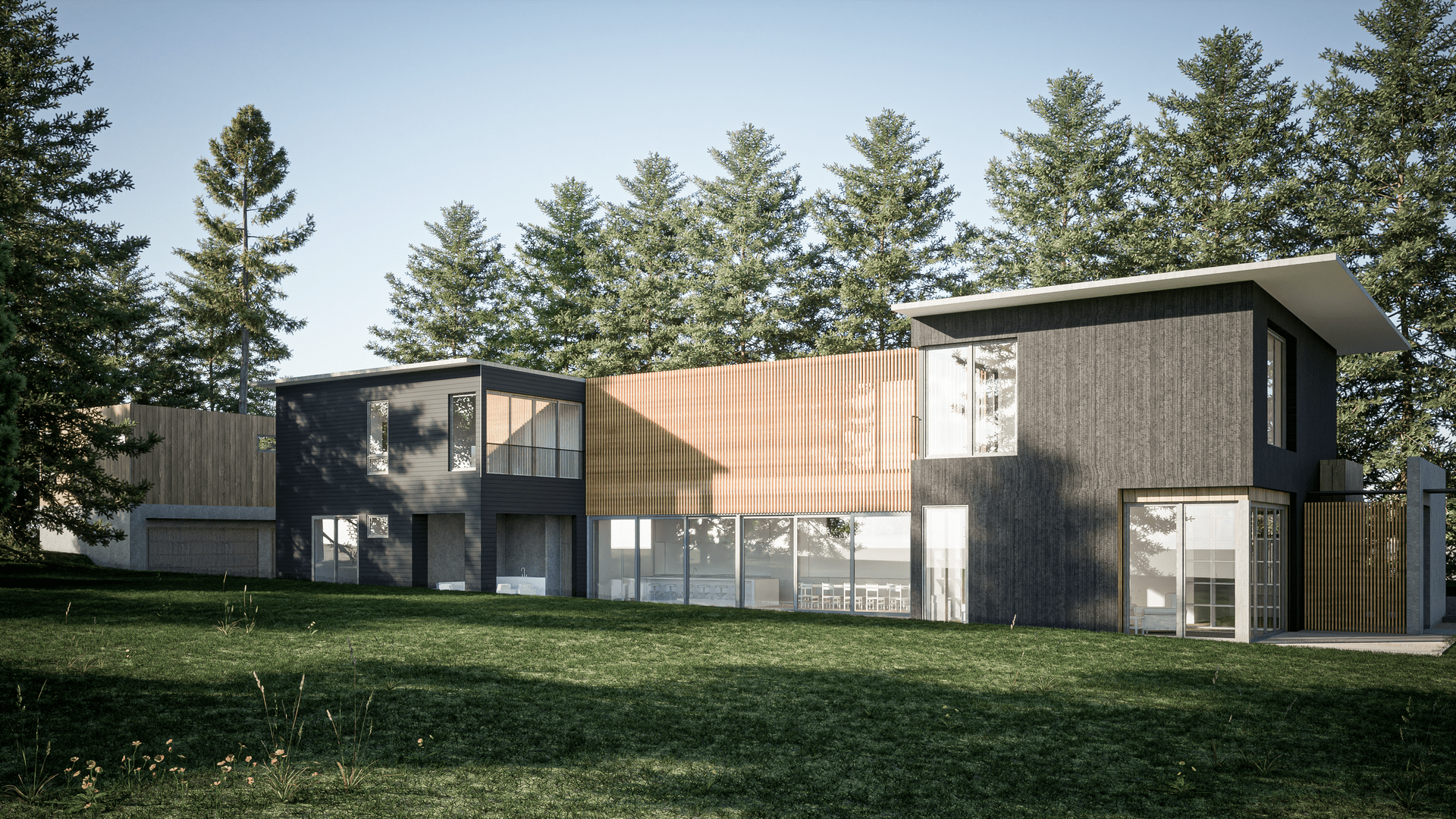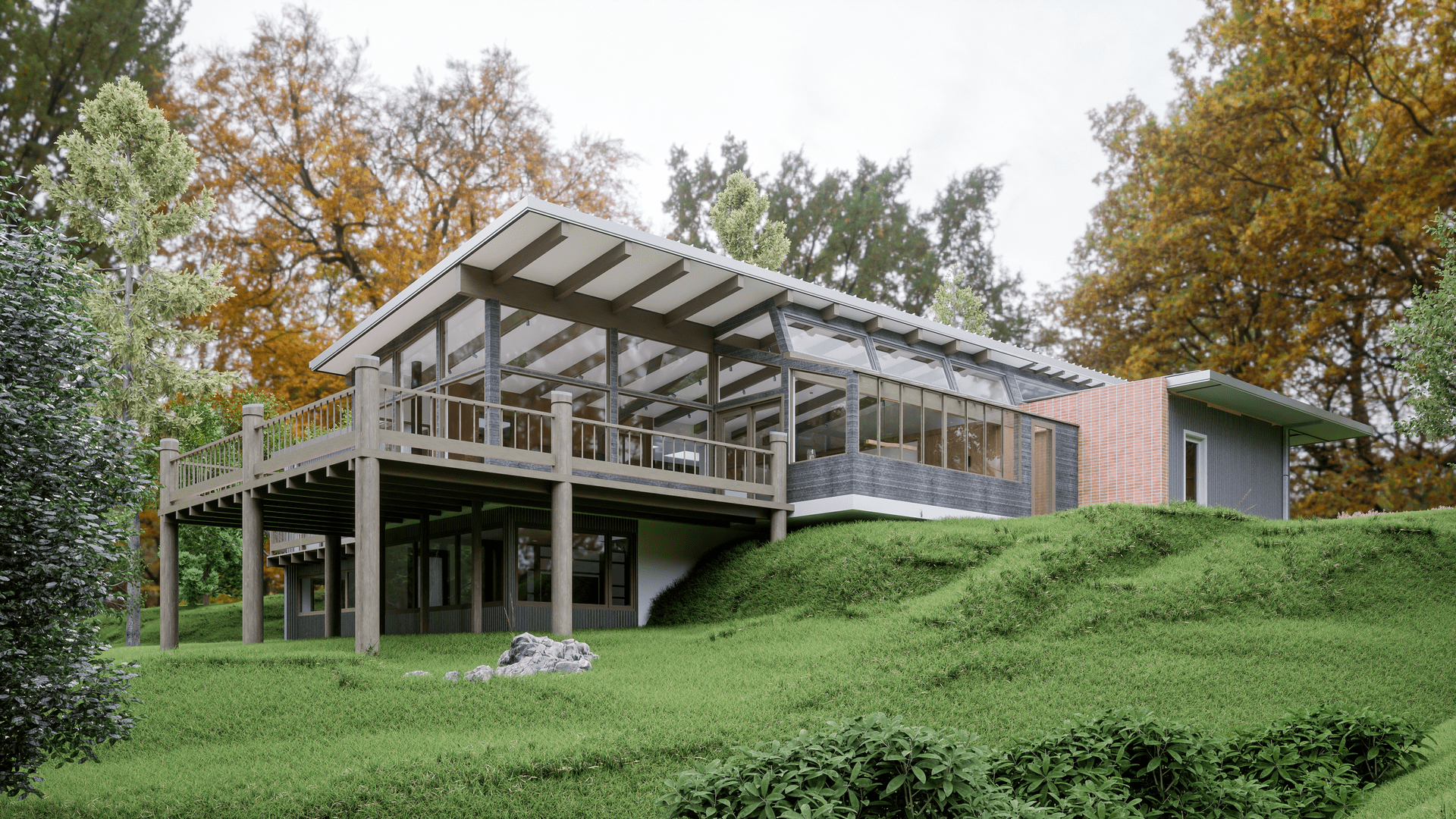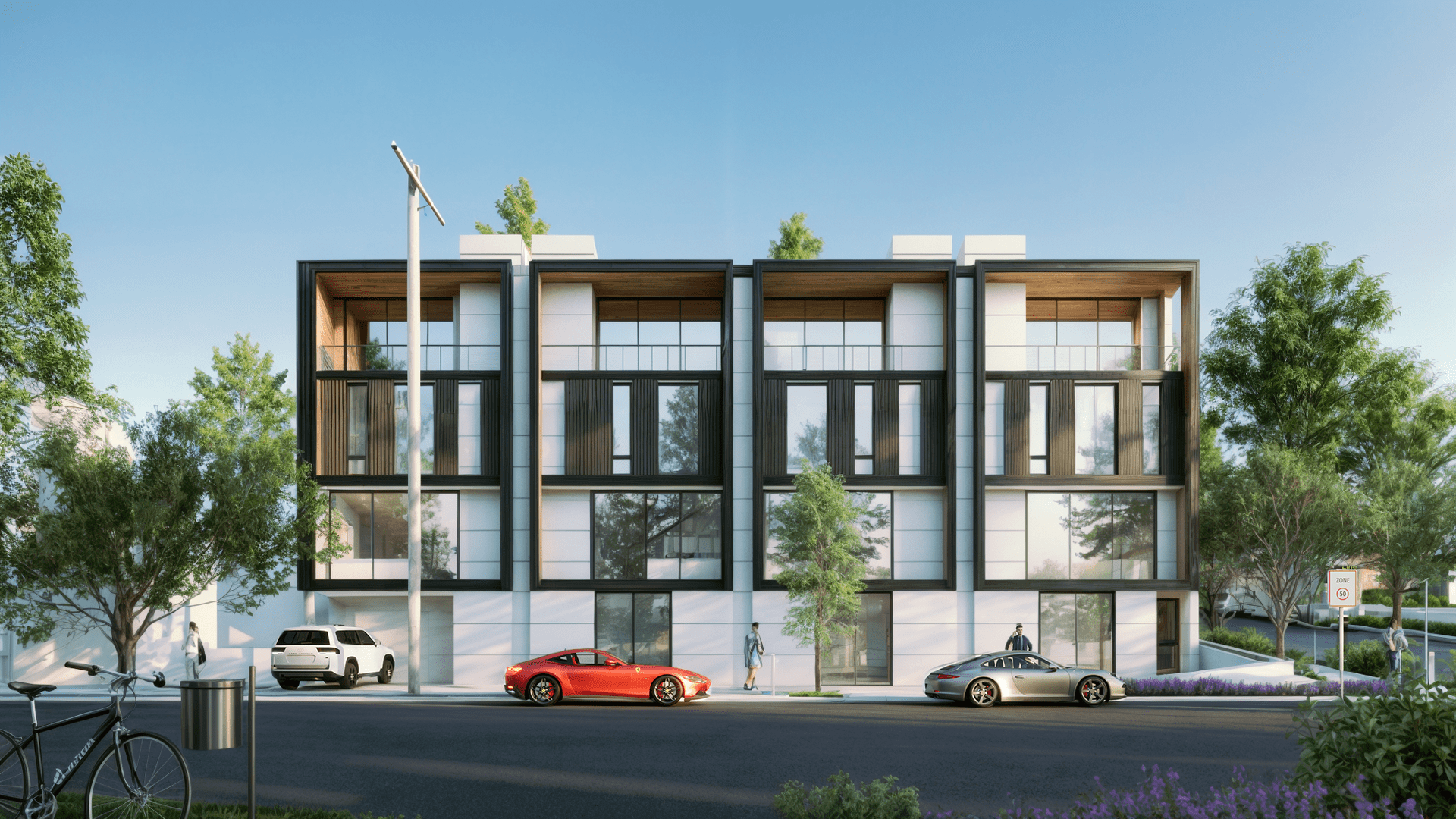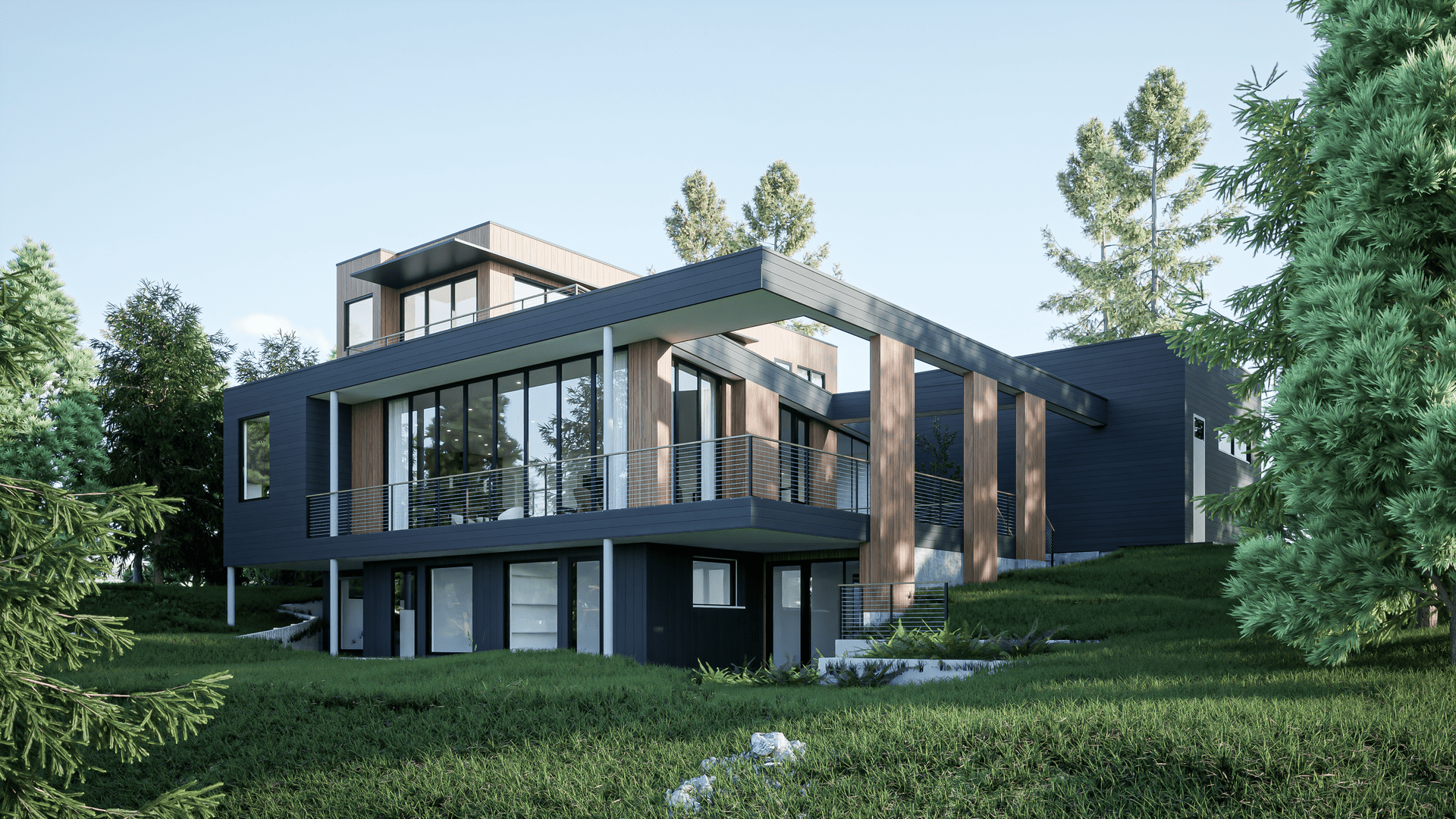Building Smarter: The Role of BIM Construction in Streamlining Project Delivery
In the construction industry, efficiency is paramount.
From minimizing costs and reducing waste to maximizing productivity and meeting tight deadlines, every aspect of the construction process must be optimized for success. This is where Building Information Modeling (BIM) construction comes into play, revolutionizing the way buildings are designed, constructed, and managed.
BIM construction is a process that involves creating digital representations of buildings and infrastructure, which can be used to simulate and analyze the performance of a project before it is built.
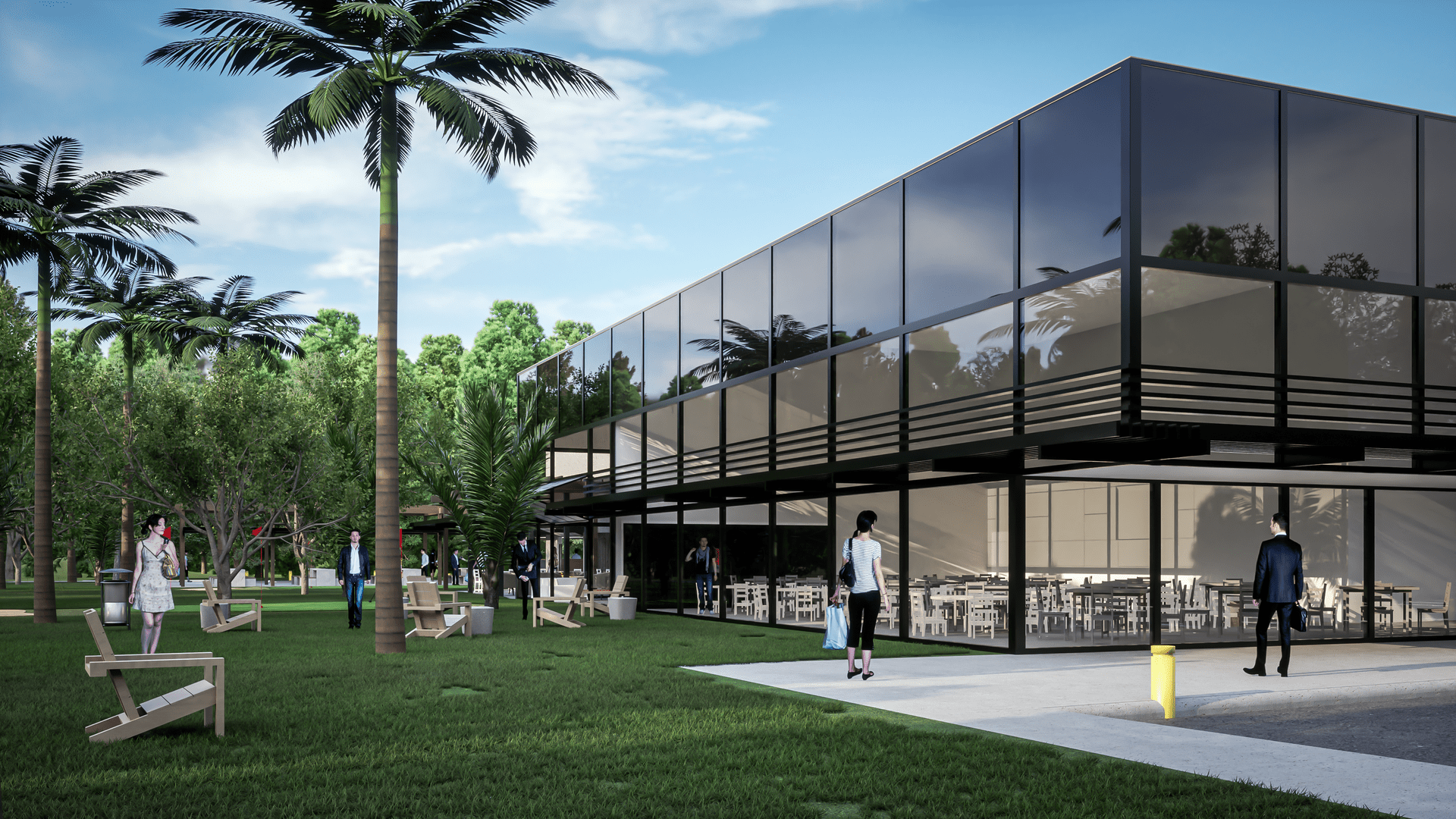
By leveraging advanced software and technology, designers, engineers, and contractors can collaborate more effectively, identify potential issues early in the design process, and streamline construction workflows to improve efficiency and reduce risk.
One of the key benefits of BIM construction is its ability to facilitate better coordination and communication among project stakeholders. By centralizing project data in a digital environment, BIM enables real-time collaboration and information sharing, allowing team members to work together more efficiently and make informed decisions throughout the project lifecycle. This results in fewer errors, fewer change orders, and fewer delays, ultimately leading to a smoother and more streamlined construction process.
Furthermore, BIM construction also enhances project visualization and communication, allowing stakeholders to visualize proposed designs in 3D and understand how different elements will interact with each other. This not only improves design comprehension but also helps identify potential conflicts and clashes before they occur, saving time and money during construction.
In addition to its benefits during the design and construction phases, BIM construction also offers significant advantages during the operation and maintenance of a building. By creating a digital model of the building that contains detailed information about its components, systems, and materials, BIM enables facility managers to better understand and manage the building’s performance over time. This includes everything from scheduling maintenance tasks and managing energy usage to optimizing space utilization and improving occupant comfort.
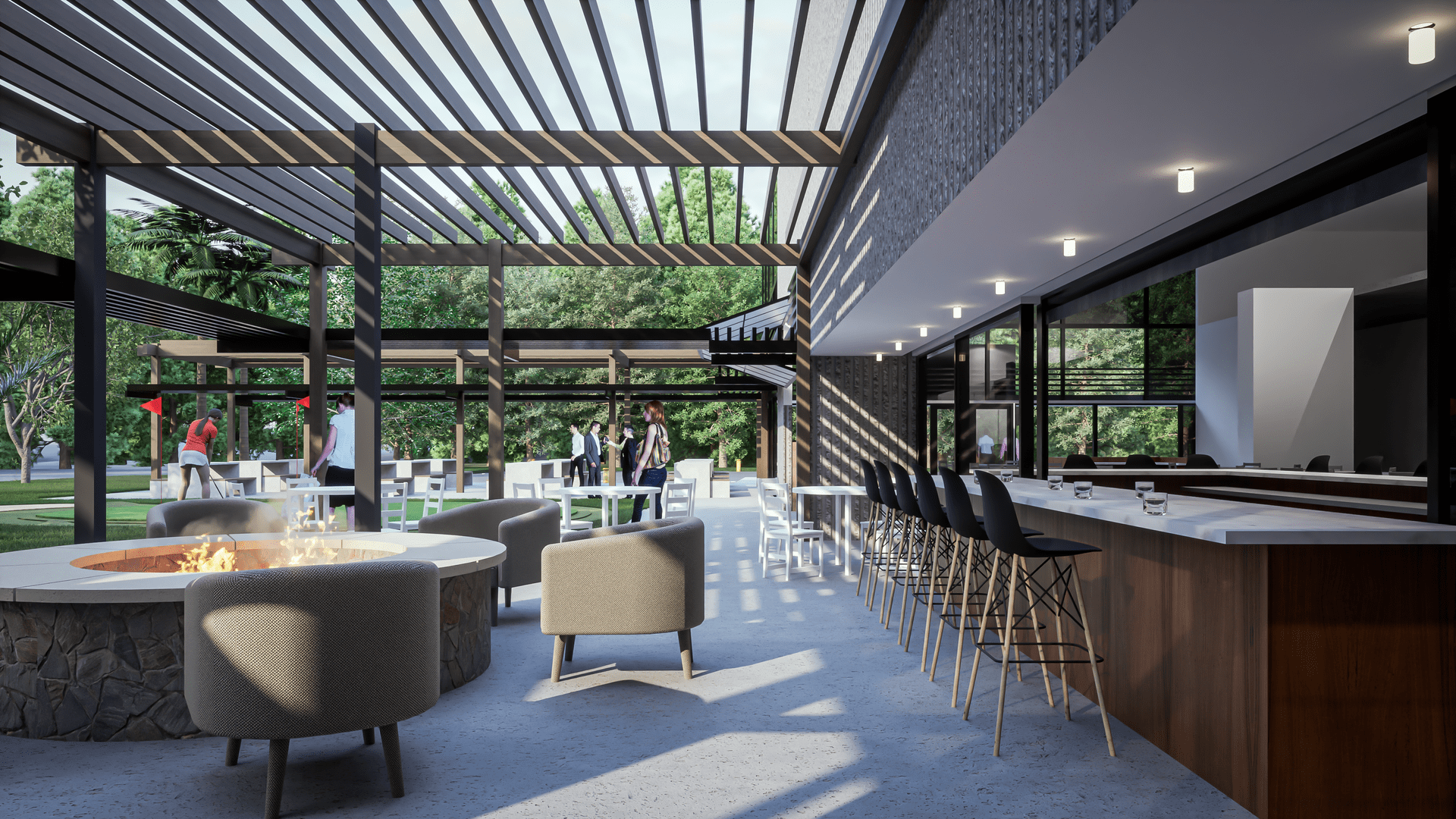
In the end, BIM construction is a transformative approach to building design and construction that offers numerous benefits throughout the project lifecycle. By leveraging advanced technology and collaboration tools, BIM enables better coordination, communication, and decision-making, ultimately leading to more efficient, cost-effective, and sustainable built environments.


